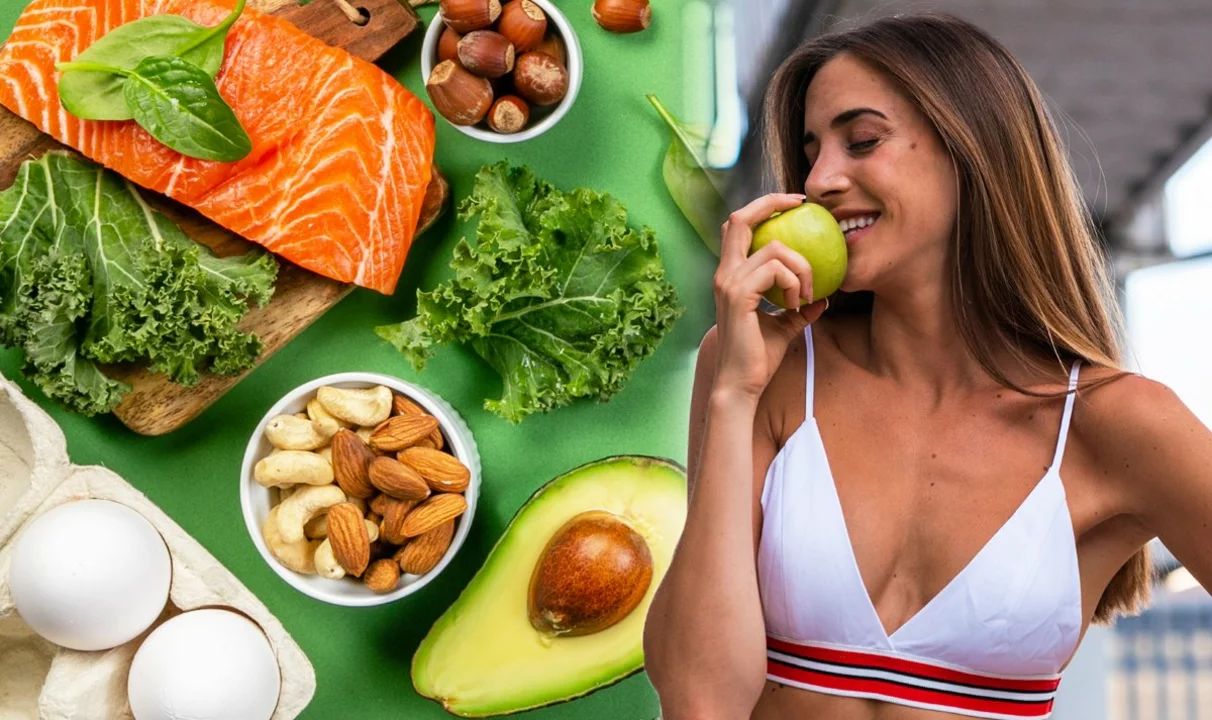Superfood Guide: What to Try and How to Use It Safely
Want to get more nutrition out of everyday food without endless supplements? Superfoods are a practical way to add vitamins, antioxidants, and healthy fats to meals. This page pulls together simple, usable advice so you can pick superfoods that fit your goals and avoid common mistakes.
Top superfoods worth trying
Rice bran – A high-fiber, antioxidant-rich powder that mixes into smoothies, yogurt, or oatmeal. It adds vitamin E and healthy oils. Start with one teaspoon per day and watch for loose stools; some people need to ramp up slowly.
Nutmeg – Beyond its warm flavor, nutmeg contains compounds that may help digestion and mood in small amounts. Use a pinch on coffee or porridge. Avoid high doses: taking large amounts of nutmeg can cause dizziness and nausea.
Red yeast rice – This is popular for people tracking cholesterol because it contains natural compounds similar to statins. Talk to your doctor first: red yeast rice can interact with prescription cholesterol meds and raise liver enzymes. If cleared by your clinician, use standardized products and follow dosing instructions on the label.
Condurango – A herbal supplement some people use to support digestion and general wellbeing. Evidence is limited, so treat it as a mild supplement, not a cure. Check quality, and stop use if you notice stomach upset or allergic reactions.
How to use superfoods safely
Match the superfood to your goal. Want fiber? Pick rice bran. Want flavor and tiny health perks? Try nutmeg in small amounts. Want to manage cholesterol naturally? Discuss red yeast rice with your clinician before starting it.
Watch interactions. Many natural products affect prescription drugs. Red yeast rice behaves like a cholesterol drug and can clash with statins or liver-sensitive meds. Always tell your doctor about new supplements and keep an eye on lab tests (cholesterol, liver function) if recommended.
Choose quality over hype. Look for brands that show third-party testing or clear ingredient lists. Avoid products promising unrealistic results. Cheaper doesn’t always mean better—contaminants and variable active ingredient levels are common in low-quality supplements.
Start low and go slow. Introduce one superfood at a time, in small amounts, for two weeks. That makes it easier to spot side effects. If you have allergies, pregnancy, or chronic conditions, check with your healthcare provider first.
Make them part of real meals. Sprinkle rice bran into a smoothie, add nutmeg to roasted veggies, or fold powdered supplements into soup. Superfoods work best when they replace empty calories or add nutrients to balanced meals, not when they come on top of an already poor diet.
Want specific reads? We have focused articles on nutmeg, rice bran, red yeast rice, and other natural remedies that dig into doses, studies, and safety. Use those guides when you’re ready to try a product and want clear, practical steps.

